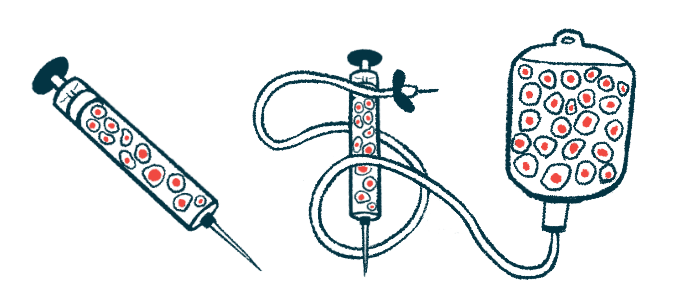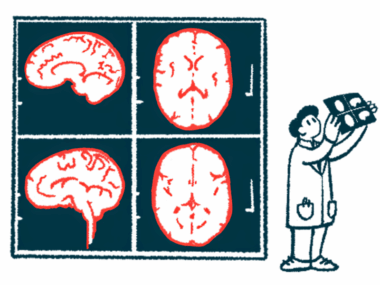2nd stem cell transplant may help stabilize MS disability: Small study
No toxic side effects reported after 2nd transplant in 4 patients in Mexico
Written by |

In people with multiple sclerosis (MS) who have previously received a stem cell transplant, a second transplant can be performed safely and may help stabilize disability.
That’s according to the study “Second Autologous Hematopoietic Stem Cell Transplantation in Multiple Sclerosis: A Single-Center Prospective Experience,” which was published in Transplantation Proceedings.
MS is a neurological condition in which the immune system is primed to attack parts of the brain and spinal cord that are otherwise healthy, leading to inflammatory damage to nerve cells and a range of symptoms linked to poor neuronal communication.
Stem cell transplantation seeks to ‘reset’ person’s immune system
Autologous hematopoietic stem cell transplantation (aHSCT) — commonly referred to as a stem cell transplant or simply as “stem cell therapy” — is a procedure that basically seeks to “reset” a person’s immune system.
It involves collecting a person’s own hematopoietic stem cells, which are cells in the bone marrow that give rise to most blood cell types, and then wiping out the patient’s immune system with a course of chemotherapy. The collected cells are then administered back into the patient, where they will travel to the bone marrow to originate a new immune system that’s not primed to attack healthy body parts.
While aHSCT is not formally approved to treat MS in the U.S., it is generally regarded as an effective treatment in some cases.
In this study, scientists in Mexico reported outcomes from four MS patients who underwent a second aHSCT procedure. In all four cases, the patients’ disability had stabilized in the two years immediately after receiving their first aHSCT, but then their disability started to worsen again, so they underwent a second procedure three to nine years after the first.
“After a moderate initial response to the first aHSCT, these patients decided to receive a second transplant once they detected symptoms suggesting the deterioration of their neurologic disease,” the scientists wrote.
In all four cases, the second aHSCT procedure was successfully performed without any notable safety-related complications, the researchers wrote, with none of the patients requiring hospitalization related to the procedure.
“The second transplants were well tolerated and were all completed on an outpatient basis, with no associated toxic side effects,” the researchers wrote.
2 patients experienced slower disability worsening
In two of the patients, disability scores have somewhat stabilized following the second transplant, with scores worsening at notably slower rates compared with rates before the second aHSCT, the scientists reported.
The other two patients couldn’t be assessed for disability because one hasn’t yet been followed for long enough to make a reliable assessment, and the other developed co-occurring Parkinson’s disease that made it impossible to reliably measure disability related specifically to MS.
The researchers stressed that this was a very small study, so more larger-scale research will be necessary to fully understand the safety risks and efficacy of a second aHSCT procedure for people with MS. Still, they said these findings show “a second aHSCT in persons with MS is a feasible and safe option and may lead to a positive response in some cases.”






